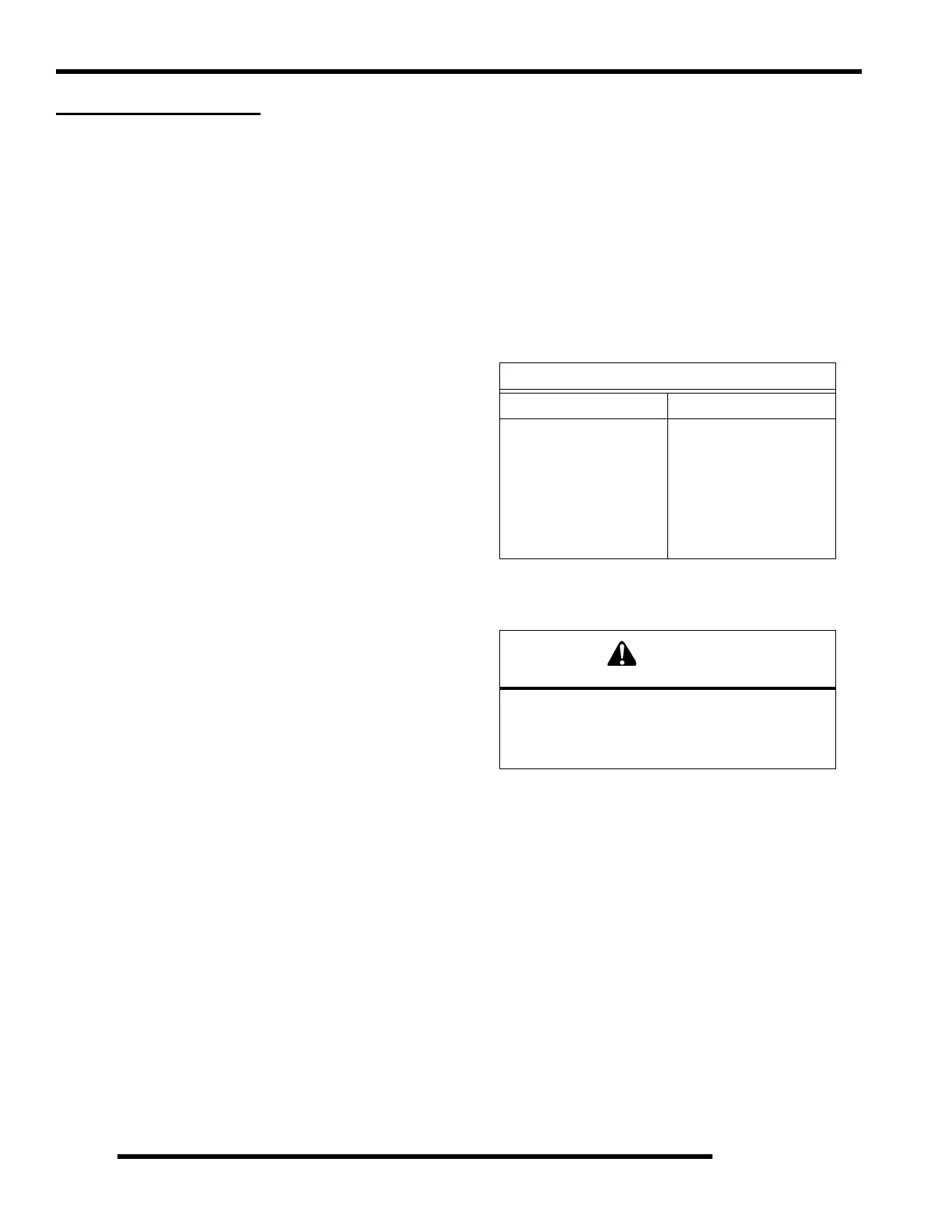10.24
ELECTRICAL
BATTERY SERVICE
General Battery Information
The single most important thing to maintaining a sealed
“Maintenance Free” battery is don’t let it sit discharged: keep
it fully charged. A sealed “Maintenance Free” battery should
be kept to near fully charged for peak performance
Always verify battery voltage before charging, and 30 minutes
after charging.
A fully charged battery should read 12.8 V or higher after the
battery has been off the charger 1-2 hours.
NOTE: Batteries must be fully charged before use or
battery life will be reduced by 10-30% of full
potential. Charge battery for 3-5 hours at a current
equivalent to 1/10 of the battery's rated amp/hour
capacity. Do not use the vehicle’s stator/alternator to
charge a new battery.
IMPORTANT: NEVER attempt to add electrolyte or
distilled water to a Maintenance Free battery. Doing
so will damage the case and shorten the life of the
battery.
Battery Removal / Installation
See Chapter 2 “Maintenance” for battery service procedures.
Charging Procedure (Maintenance Free)
See Chapter 2 “Maintenance” for battery charging procedure.
Maintenance Free Battery Testing
Whenever a service complaint is related to either the starting or
charging systems, the battery should be checked first.
Following are two tests which can easily be made on a sealed
“Maintenance Free” battery to determine its condition: Open
Circuit Voltage Test and a Load Test.
OCV - Open Circuit Voltage Test
Battery voltage should be checked with a digital multimeter.
Readings of 12.8 volts or less require further battery testing and
charging. See the following chart and “Load Test”.
NOTE: Maintenance Free batteries should be kept at
or near a full charge. If the battery is stored or used
in a partially charged condition, hard crystal
sulfation will form on the plates, reducing the
efficiency and service life of the battery.
NOTE: Use a voltmeter or multimeter to test battery
voltage.
Load Test
A battery may indicate a full charge condition in the OCV test
and the specific gravity test, but still may not have the storage
capacity necessary to properly function in the electrical system.
For this reason, a battery capacity or load test should be
conducted whenever poor battery performance is encountered.
This is the best test of battery condition under starting load. Use
a load testing device that has an adjustable load. Apply a load
of three times the ampere-hour rating.
At 14 seconds into the test, check battery voltage. A good 12V
battery will have at least 10.5 Volts. If the reading is low, charge
the battery and retest.
Off Season Storage
See Chapter 2 “Maintenance” for battery service procedures.
OPEN CIRCUIT VOLTAGE
State of Charge Maintenance Free
100% 12.8 V - 13.0 V
75% Charged 12.5 V - 12.8 V
50% Charged 12.0 V - 12.5 V
25% Charged 11.5 V - 12.0 V
0% Charged 11.5 V or less
CAUTION
To prevent shock or component damage,
remove spark plug high tension leads and
connect securely to engine ground
before proceeding.

